Transport
One of the aspects of industrial locomotive designs is their ability to adapt their size to the requirements of different types of railways. Thus, we find variations on the same model with gradually increasing dimensions but maintaining the same basic characteristics.
Such is the case of the Figaredo, a machine manufactured in 1914 by the firm Krauss from Munich, which is a slightly larger version in comparison to other examples from the same manufacturer, such as the Upina. Like the Upina, it is a locomotive with two drive axles, with external valvetrain and a water tank under the frame.
As for this locomotive, its construction was commissioned at a time when the Riosa valley mines, after some turbulent beginnings, were definitively acquired by the company Hulleras de Riosa, which would keep them until they were sold to ENSIDESA in 1952. The machine was given the number 4 and the name Figaredo in honour of the businessman Inocencio Figaredo, one of the main shareholders of the business.
It was originally in charge of towing the wagon trains that ran along the 456th floor trench. This railway linked the inclined planes of the Riosa slope with those that descended to the La Pereda washing plant through a tunnel under the Ana María range. Due to this circumstance the cabin is lowered, giving it a more spacious appearance in relation to its real capacity.
When the railway began to be progressively dismantled in the 1920s, the Figaredo began to run on other levels of the trench complex on the right bank of the valley until it was withdrawn in the mid-1960s.
Then, it remained as a monument in the gardens of the Monsacro mine shaft, which guaranteed its preservation. After many years there, it was restored in 2005 by the workers of the mining exploitation and was fired up on several occasions. Despite the poor state of its boiler, it was able to run under its own power and even ran along the tracks of the Asturias Railway Museum. However, it returned to its original location where it remains today.
PHOTO GALLERY

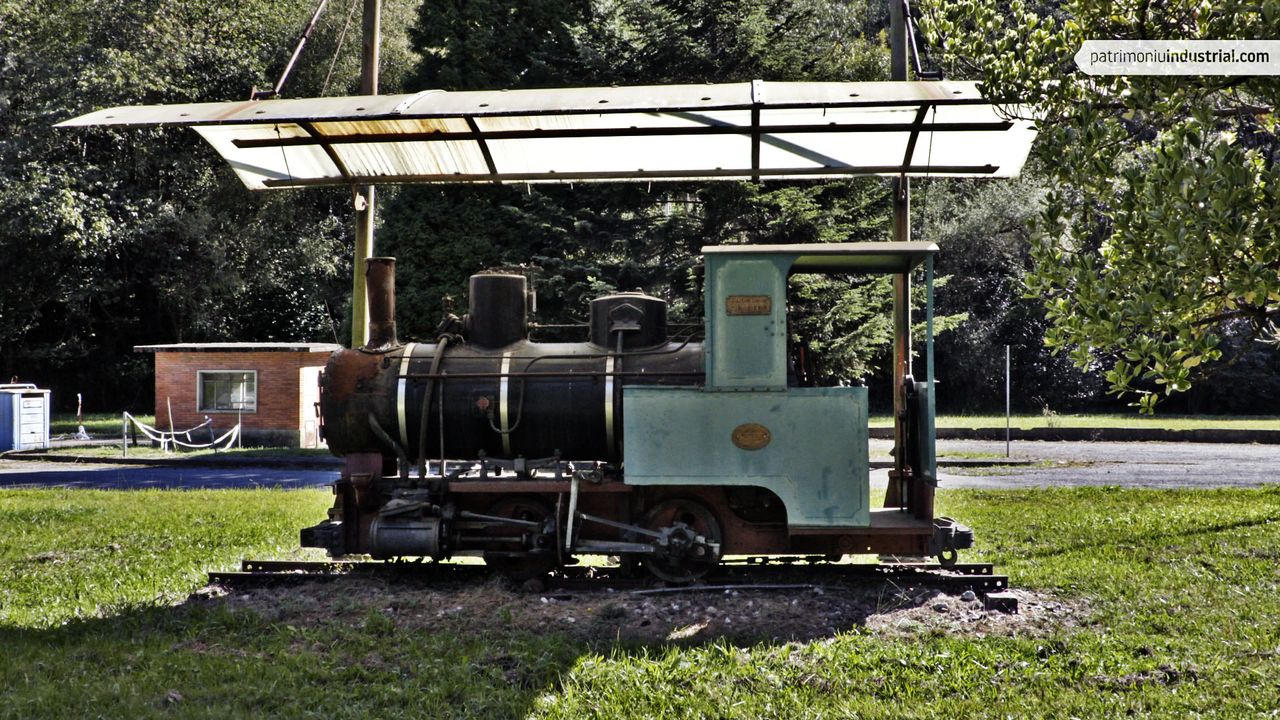
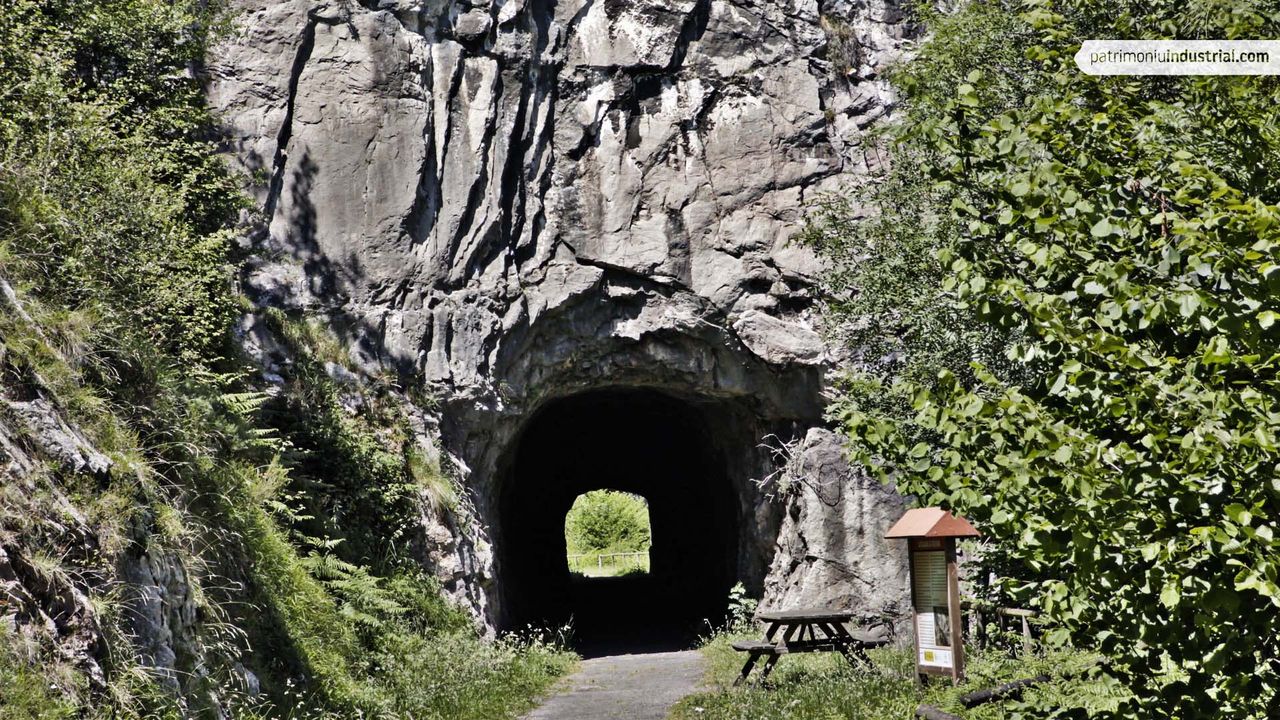
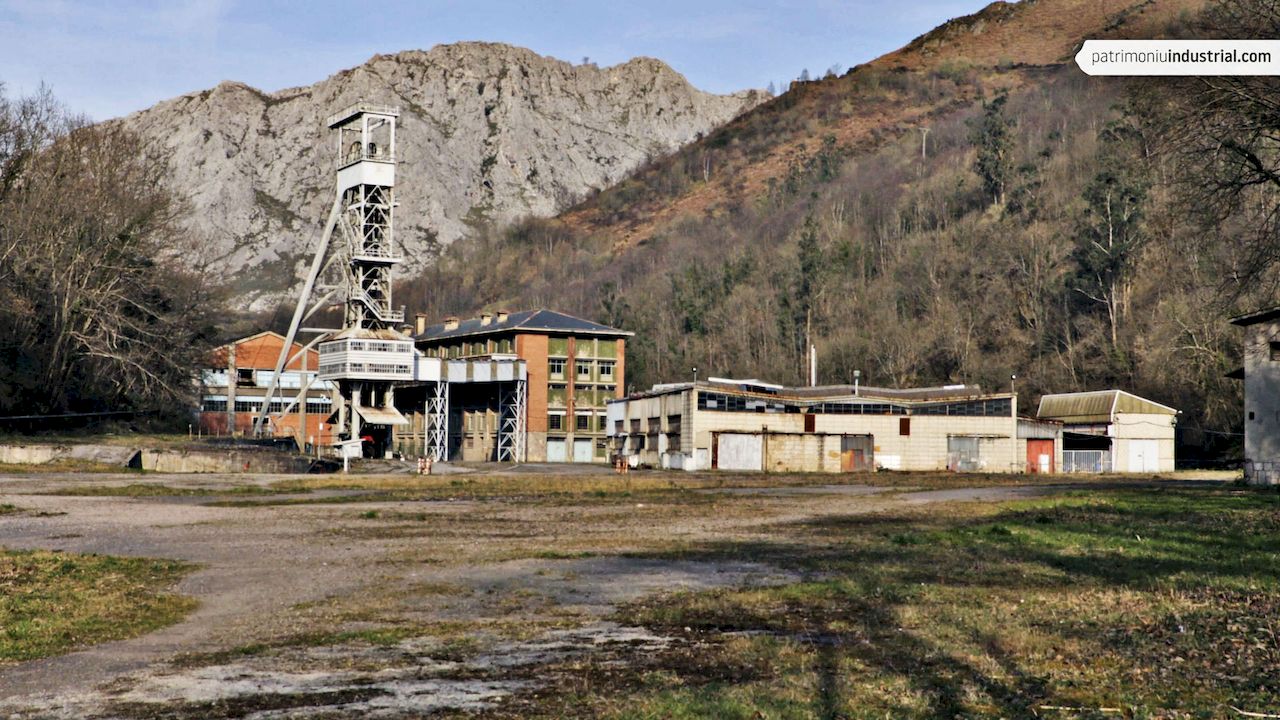
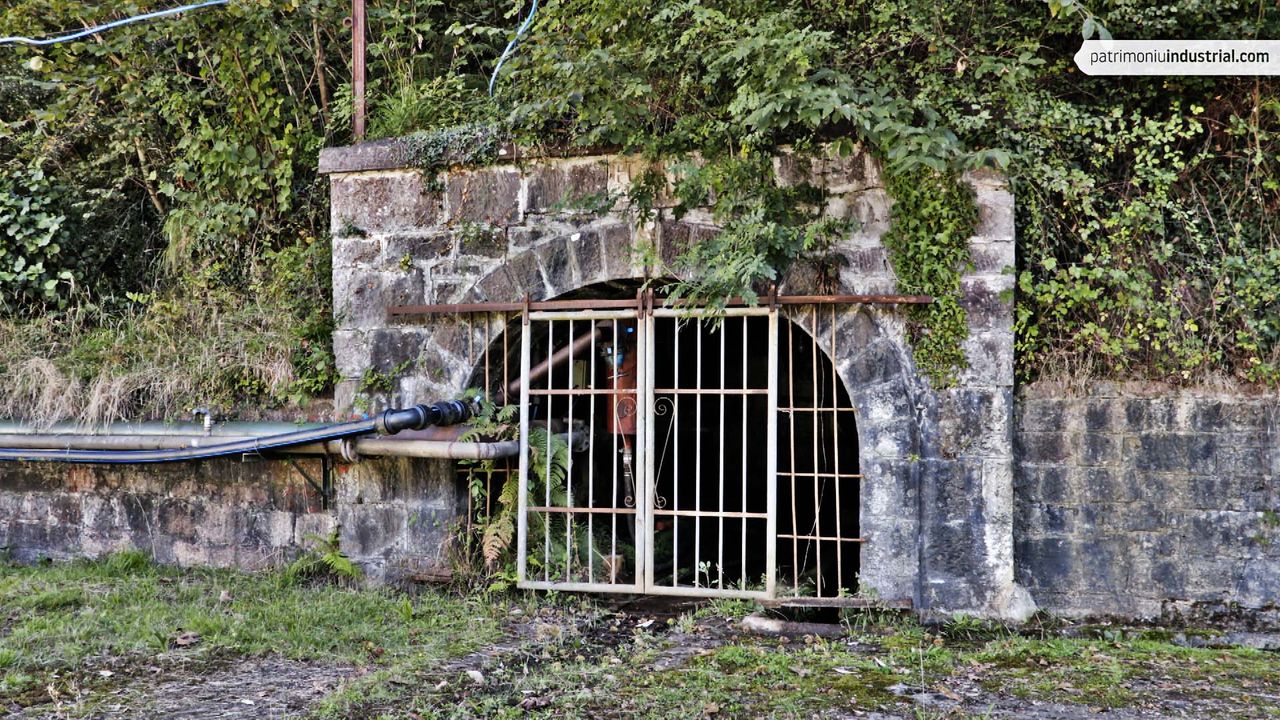
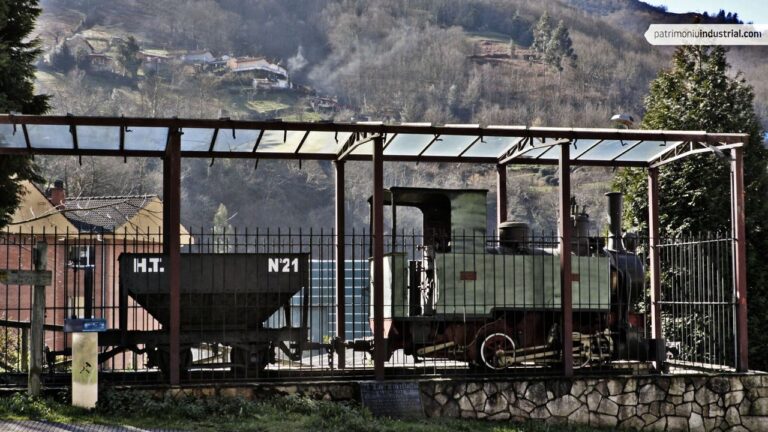
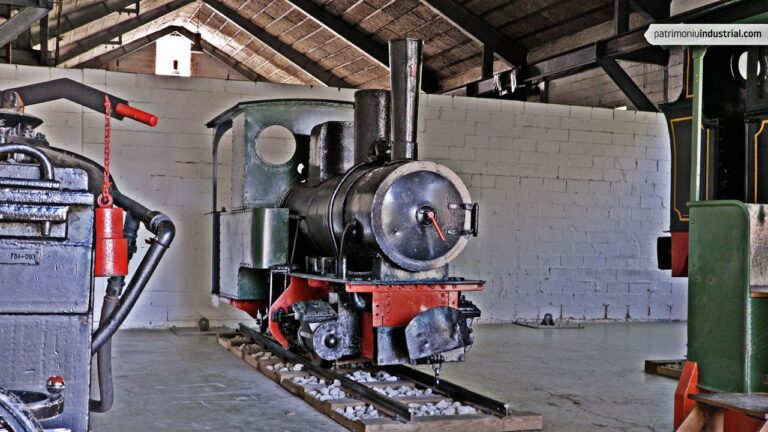
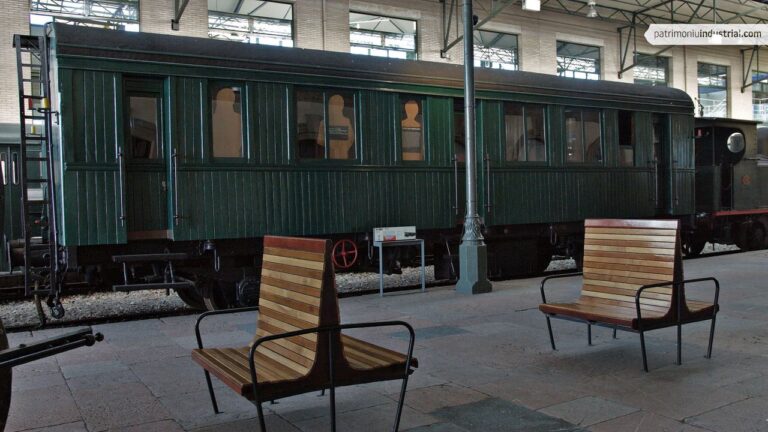

Recent Comments